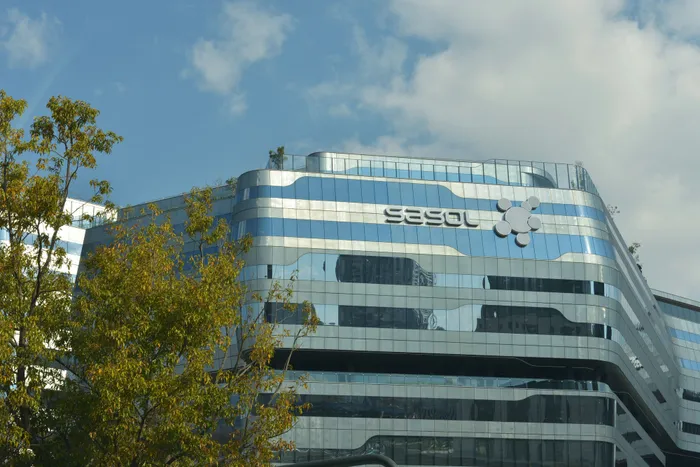Sasol takes big write-down as it begins its own energy transition

Sasol’s energy reduction roadmap involves the turning down of boilers, implementing energy efficiency projects, reducing coal usage and integrating 1 200MW of renewable energy into its operations by 2030. Picture: Karen Sandison/African News Agency/ANA
For Sasol, an initial and major cost of its strategy to decarbonise was the more than R35 billion impairment on its coal-to-liquid fuels operations in the year to June 30.
Chief financial officer Hanré Rossouw said the decision behind the impairment and resultant impact on group profitability, was their commitment, planning and changes in production, with associated reductions in output, that would be required to meet the target of reducing greenhouse gas emissions by 30% by 2030 and to comply with the requirements of the National Environmental Management: Air Quality Act.
Sasol’s energy reduction roadmap (ERR) involves the turning down of boilers, implementing energy efficiency projects, reducing coal usage and integrating 1 200MW of renewable energy into its operations by 2030.
With no significant additional gas to restore volumes back to historic levels, the ERR assumes lower production volumes post 2030, and also results in increased cost of coal and capital expenditure.
Several possible technology and feedstock solutions were underway to partially recover volume post 2030.
Sasol’s earnings before interest and tax (EBIT) of R21.5bn fell 65% over the prior year, mainly due to the asset impairments, inflation impact on costs, and the softening of the Brent crude oil price and refining margins in the latter part of the year. A dividend of R10 was declared compared with R14.70 in 2022.
Rossouw said they were looking forward to a better financial year with increases in production and sales volumes being targeted and an improved performance in coal mining.
In South Africa, diesel demand remained strong due to the shift from rail to road and load shedding, but petrol demand had been impacted by the weak consumer environment.
In the past year, the mining segment reported EBIT of R2.58bn, gas R6.43bn, fuels made a loss before interest and tax (LBIT) of R7.13bn, chemicals Africa reported EBIT of R17.67bn, Chemicals Americas LBIT of R543m, while chemical Europe reported a R1.19bn LBIT.
Chemicals basket prices were on a declining trend during 2023, and while there had recently been some respite with lower feedstock and energy prices, gross margin and global demand remained depressed, particularly in America and Europe, Rossouw said in an online interview yesterday.
The group’s profitability also suffered from South Africa’s crumbling infrastructure, through the transport to the group of raw materials, through the export of its high quality coal and through the transport of its chemicals and products to customers, he said.
He said their logistics costs had increased by 27% mainly as a result of having to shift from rail to road transport, and the additional costs in the chemical business in South Africa alone came to over R1bn.
Although Sasol’s South African operations were not directly impacted by load shedding, there was an impact on the production of many of its industrial customers, and Sasol had to export some chemicals that would typically have been sold locally because of this.
Headline earnings per share increased 13% to 53.75 cents as the group met its earlier guidance
Operating profit of R55.4bn before remeasurement items increased 8%, benefiting from gains on translation of monetary assets and liabilities and valuation of financial instruments and derivative contracts of R6bn, compared to R17.6bn losses in 2022.
BUSINESS REPORT
Related Topics: